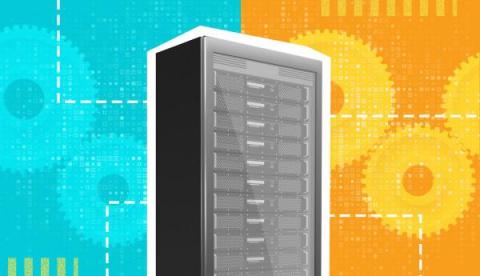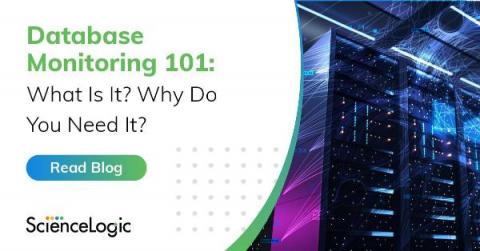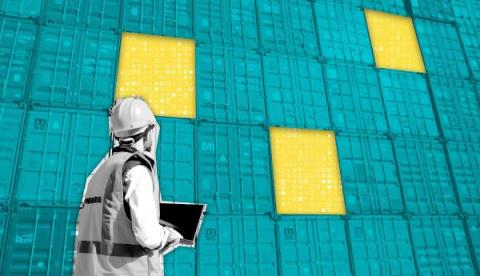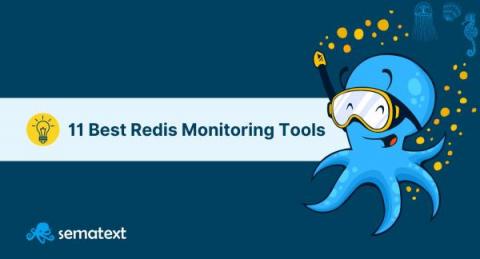Comparing PostgreSQL and MySQL Databases: Differences Explained
Over the past two to three years, I’ve seen customers make a move towards both MySQL and PostgreSQL. There is no software licensing with either of these database systems, which can benefit companies, and developers love the community support for them.










